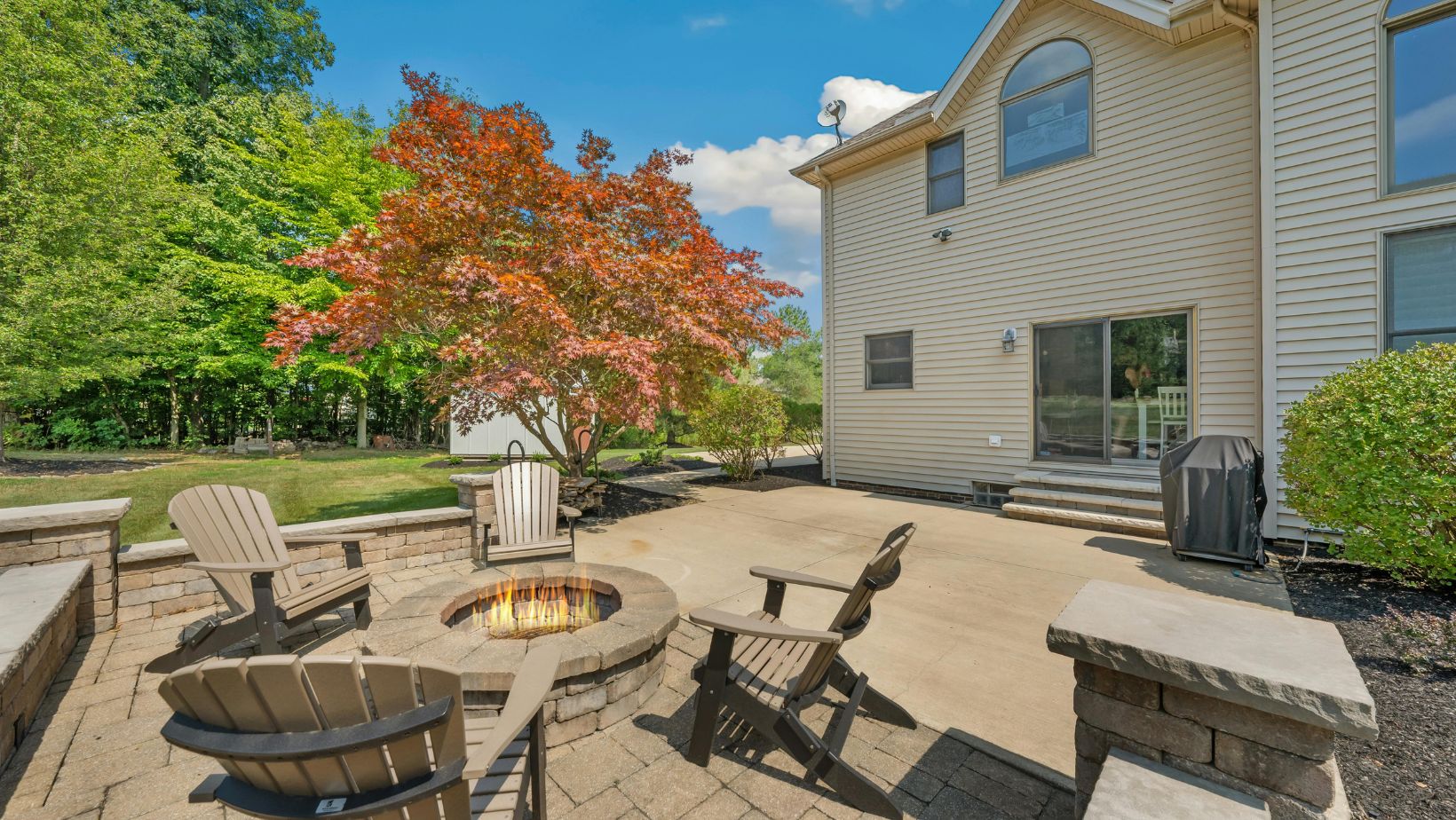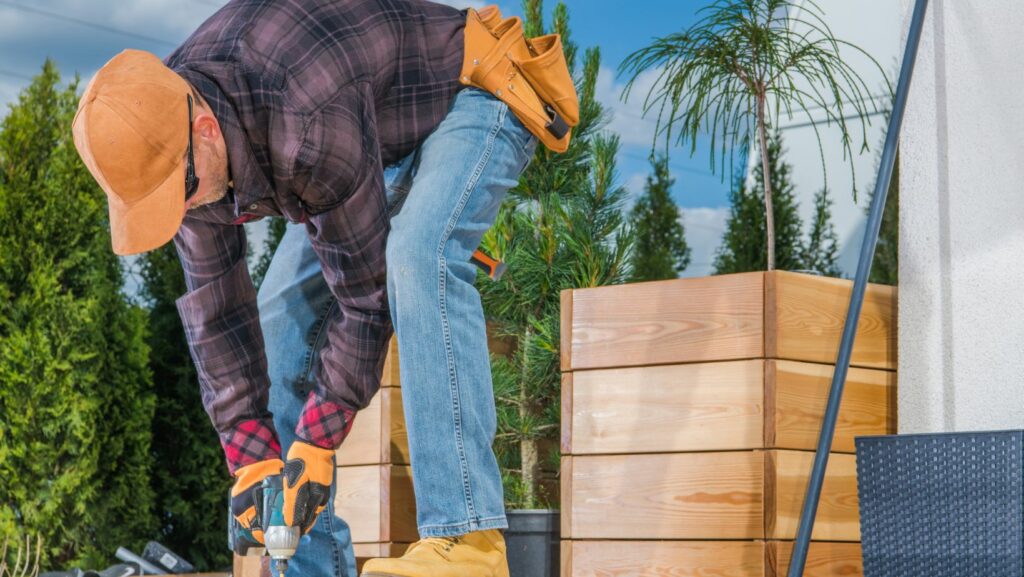You’ve picked the perfect design, mapped out the materials, and even carved out time on your calendar — your project is ready to begin. But before you get too far into your build, there’s one foundational step that can quietly derail the whole thing if it’s skipped or rushed: proper ground preparation.
Too many backyard and building projects suffer from the same mistake — ignoring what’s going on beneath the surface. It’s not the most glamorous part of the process, but it’s absolutely critical. Whether you’re installing fence posts, setting deck footings, or building retaining walls, taking the time to properly assess your site and prepare the soil is what makes everything else possible. And in many cases, that starts with choosing the right method of auger drilling to ensure strong, stable support for whatever you’re putting above it.
Here’s what most people forget to check — and how to avoid making the same error.
The Ground Isn’t Always What It Seems
At first glance, your yard might look like a flat patch of grass. But just below the surface could be compacted clay, hidden rock, sandy fill, or poorly drained soil — all of which will react differently to excavation, moisture, and load.
Ignoring soil type is one of the biggest culprits behind leaning fences, cracked slabs, or sunken deck posts. Some soils shrink and swell depending on the weather, while others don’t hold weight well at all. That’s why the best builders — even on small residential jobs — spend time understanding the site before they dig.
You don’t need a geotechnical engineer for every backyard job, but doing a basic soil check, asking questions at your local landscape supplier, or reviewing what others in your area use for footing prep can go a long way.
The Right Tools Make All the Difference
Digging post holes might seem like a low-tech job — but if you’ve ever tried to force a manual digger into rocky or root-filled ground, you know it’s not that simple. That’s where augers come in.
Augers, especially powered options with the correct drilling buckets, are designed to bore efficiently into all kinds of terrain. They reduce manual labor, provide consistent hole depth and diameter, and make it much easier to meet footing standards. More importantly, they help you avoid the frustration and exhaustion that can hit halfway through a DIY project when the digging becomes harder than expected.
If you’re planning a job that requires multiple deep or wide holes — for example, setting structural posts or foundation footings — investing in auger equipment or hiring a contractor who uses one is a smart move.
Think About Drainage — Before You Build
Even well-dug footings can fail if they sit in water. Poor drainage around your posts or slabs can lead to wood rot, frost heave, or shifting over time. That’s why ground prep should always include a drainage plan.

Tips to keep water away from your foundation:
- Add crushed stone or gravel to the bottom of each hole before setting posts
- Make sure the surrounding ground is sloped away from the structure
- Use concrete footings or post anchors to lift wood off the soil
- Backfill with a mix of gravel and soil for better drainage control
Taking these extra steps may not be exciting — but they make a huge difference in long-term performance.
Consistency Is Key
One of the most common mistakes in DIY construction is inconsistent post or footing depths. When one post sits higher or deeper than the rest, it can throw the whole structure out of alignment.
Using a level, string line, or laser during the layout and dig process ensures uniformity across the board. When you’re digging multiple holes, measure and mark each one in advance so you can maintain the same depth and spacing throughout. If you’re using an auger, make sure you’re checking each hole as you go — even small adjustments early on can prevent major headaches later.
Better Prep = Better Results
The difference between a project that lasts and one that starts shifting after the first season usually comes down to prep. Strong foundations, solid supports, and good drainage don’t just make your build safer — they also save you time and money in the long run.
And while it’s tempting to rush through the early stages to get to the “fun” part, the truth is that most project delays and redos happen because something was missed during ground prep.

So whether you’re building a pergola, setting up a garden shed, or just putting in a fence, slow down and give the ground the attention it deserves. You’ll thank yourself later — and so will your future structure.


